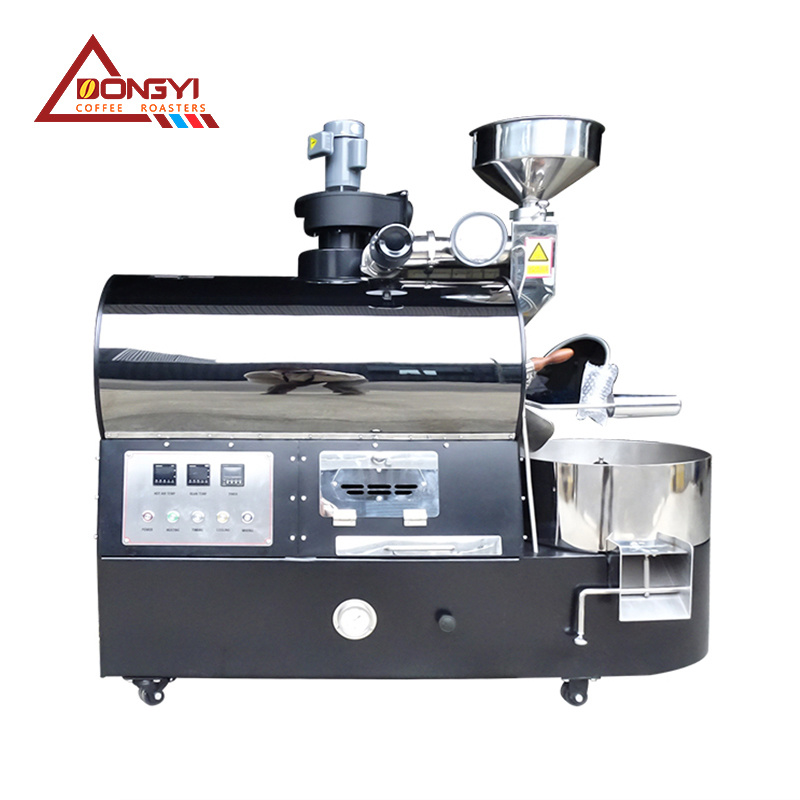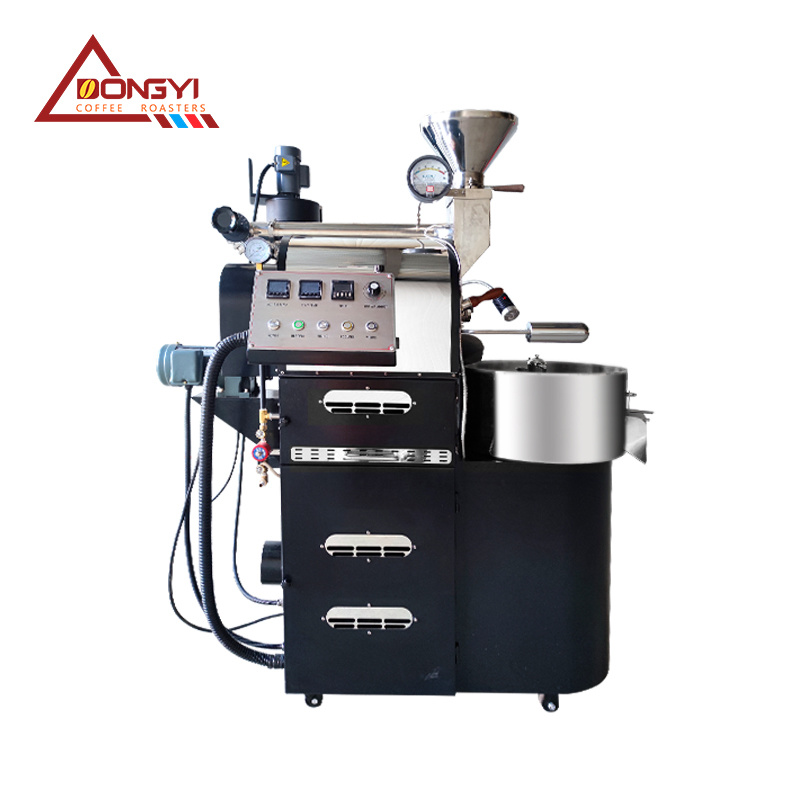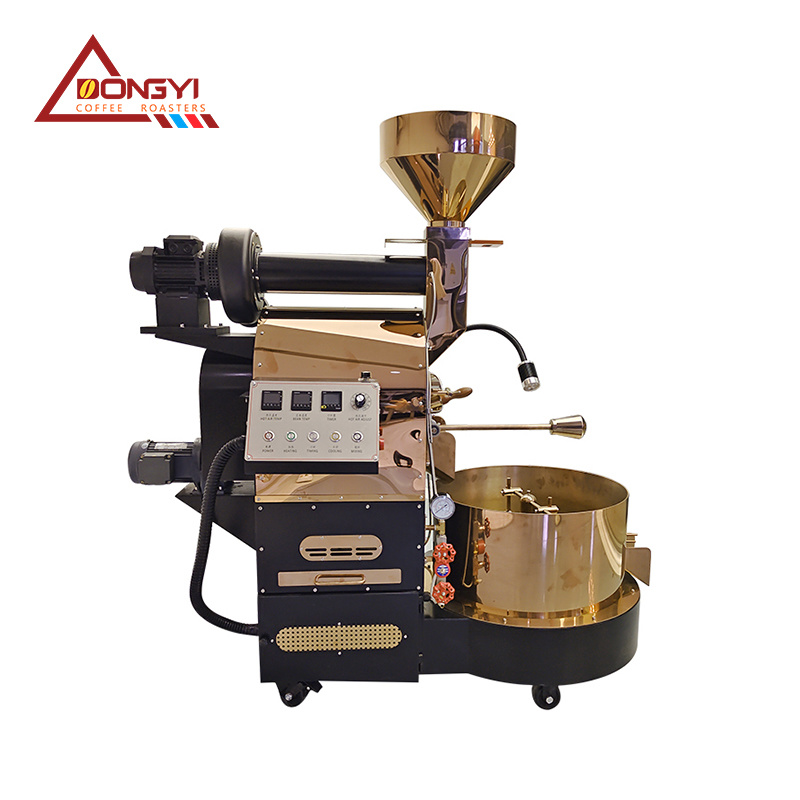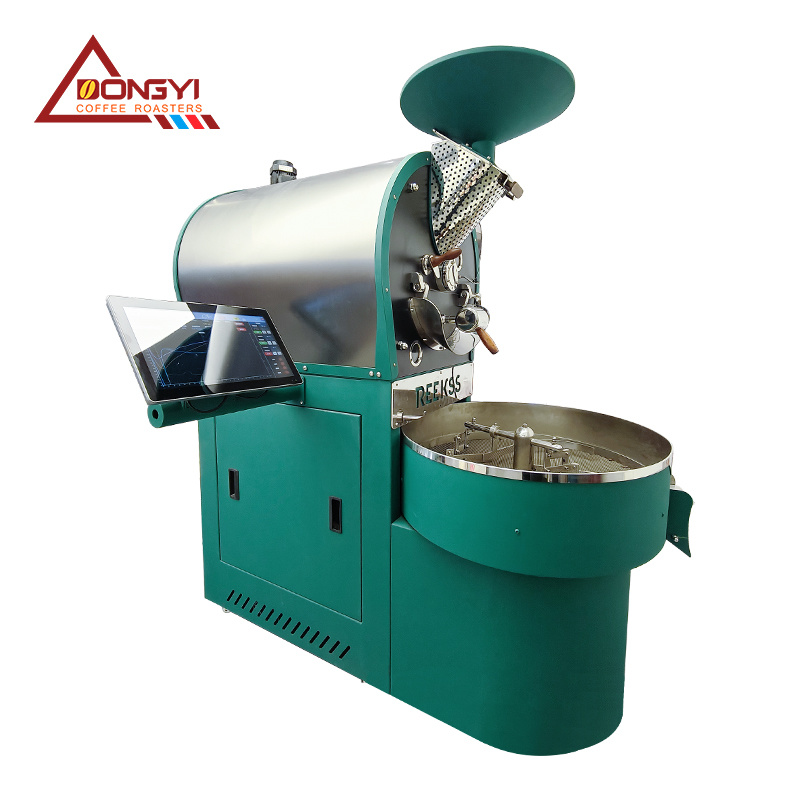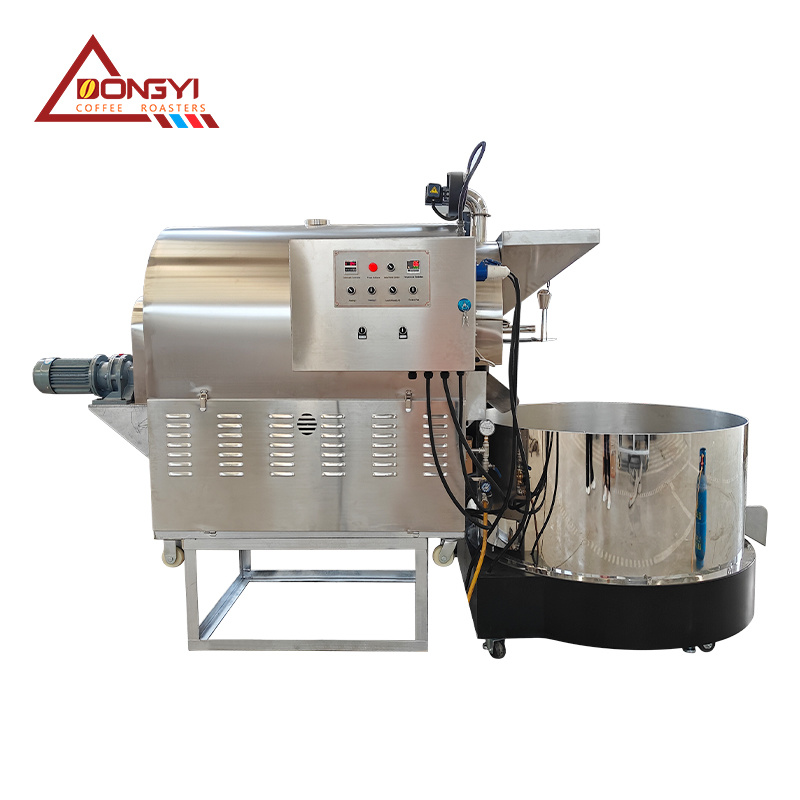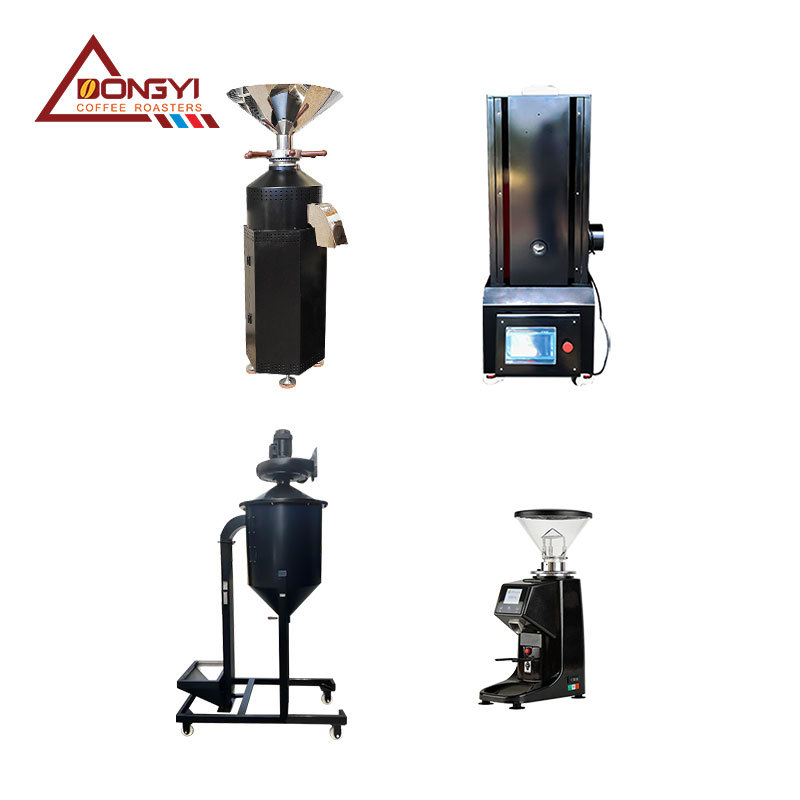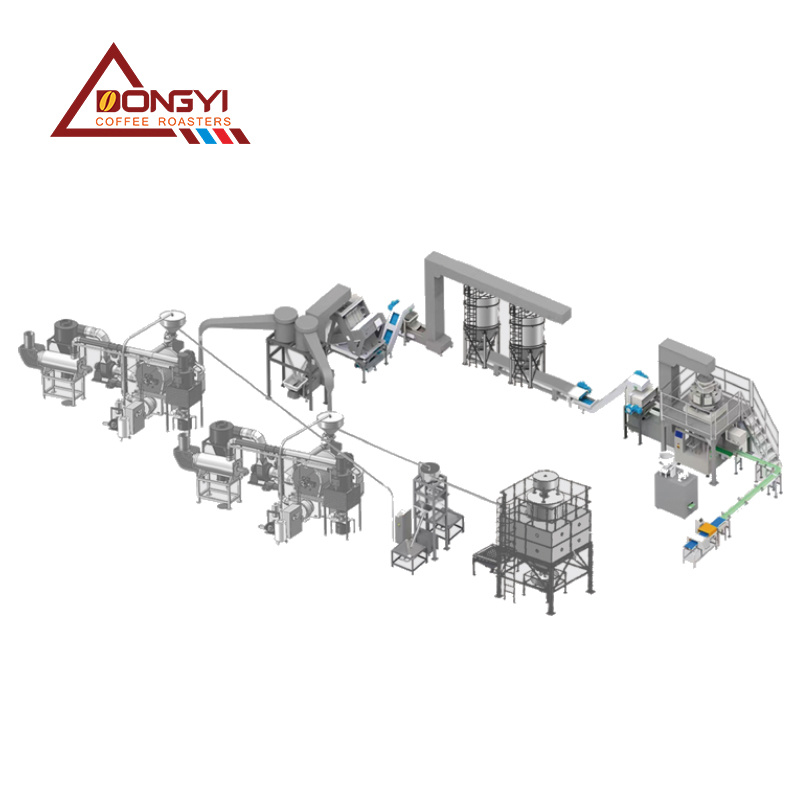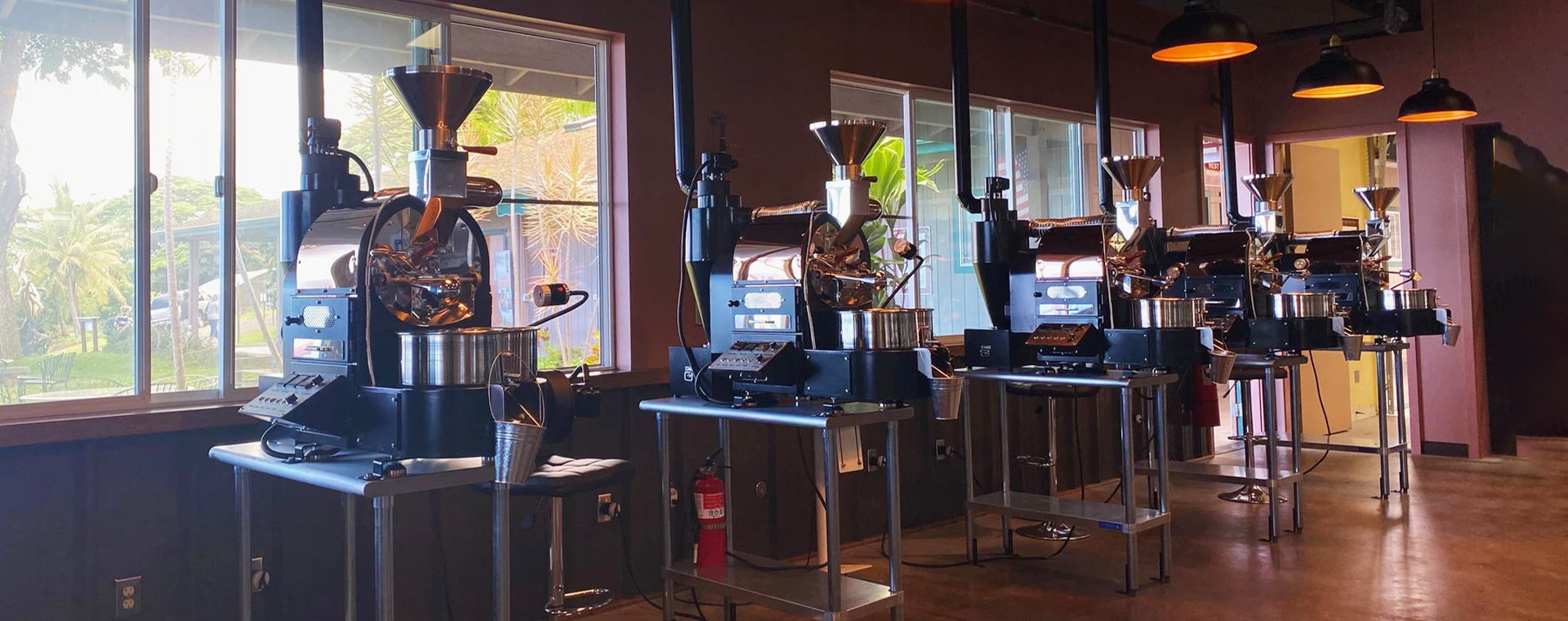How to Maintain Your 1kg Gas Coffee Roaster for Optimal Performance
Time:
07 Jul,2025
How to Maintain Your 1kg Gas Coffee Roaster for Optimal Performance
Maintaining a 1kg gas coffee roaster is essential for coffee enthusiasts and professionals alike who want to achieve the best flavor profiles and roasting consistency. Regular maintenance not only prolongs the lifespan of the roaster but also enhances the overall coffee roasting experience. In this guide, we will explore effective maintenance practices, troubleshooting techniques, and essential tips to keep your gas coffee roaster operating at its best.
Table of Contents
- Understanding Your Coffee Roaster
- Importance of Regular Maintenance
- Daily Maintenance Tips for Your 1kg Gas Coffee Roaster
- Weekly Maintenance Checklist
- Monthly Servicing Guidelines
- Troubleshooting Common Issues
- Upgrading Your Roaster Maintenance Practices
- Conclusion
- FAQs
Understanding Your Coffee Roaster
Before diving into maintenance practices, it’s crucial to understand the components of your 1kg gas coffee roaster. Most gas roasters consist of the following parts:
- Drum: Where the coffee beans are roasted.
- Burner: Supplies heat for roasting.
- Chaff collector: Captures the skin that sheds from beans during roasting.
- Cooling tray: Rapidly cools the roasted beans to halt the roasting process.
- Control panel: Allows you to adjust temperature, time, and airflow.
Familiarity with these components will aid in effective maintenance, ensuring that each part functions optimally.
Importance of Regular Maintenance
Regular maintenance is not just a good practice but a necessity for any coffee roaster. Here are several reasons why:
- Quality Control: Proper maintenance ensures that your roaster operates consistently, resulting in uniform roasting and flavor.
- Efficiency: A well-maintained roaster operates more efficiently, saving you gas and reducing costs.
- Safety: Regular checks can identify potential hazards such as gas leaks or faulty components.
- Longevity: Investing time in maintenance will extend the lifespan of your equipment, saving you money in the long run.
Daily Maintenance Tips for Your 1kg Gas Coffee Roaster
Daily maintenance is crucial for keeping your gas coffee roaster in peak condition. Here are essential daily tasks to incorporate into your routine:
1. Clean the Drum
After each roasting session, allow the drum to cool, then use a soft brush or cloth to clean the inner surfaces and remove any residue. This prevents old coffee oils from affecting the flavor of future roasts.
2. Check the Gas Supply
Ensure that the gas supply is stable and free of leaks. Regularly inspect hoses and connections for signs of wear or damage. If you detect any issues, it’s essential to address them immediately for safety reasons.
3. Inspect the Chaff Collector
Clean the chaff collector daily to prevent buildup. Clogged chaff can lead to poor airflow and affect roasting performance.
4. Monitor Temperature Settings
Verify that the temperature settings are accurate. Consistent temperature readings are critical for achieving desired roast profiles.
Weekly Maintenance Checklist
In addition to daily tasks, weekly maintenance involves more detailed checks:
1. Lubricate Moving Parts
Regularly lubricate any moving parts, including the drum bearings, to ensure smooth operation. Use food-grade lubricant for safety.
2. Inspect Electrical Components
Examine wiring and electrical connections for fraying or loose connections. This can prevent potential electrical failures.
3. Clean the Cooling Tray
Remove any residual coffee dust or oils from the cooling tray. A clean cooling tray is essential for effective cooling and flavor preservation.
4. Check Airflow
Inspect the airflow adjustments to ensure they’re functioning correctly. Proper airflow is key to achieving an even roast.
Monthly Servicing Guidelines
Monthly maintenance should include more comprehensive checks and servicing:
1. Deep Clean
Conduct a thorough cleaning of the entire roaster, including all components. Use appropriate cleaning solutions designed for your specific equipment.
2. Inspect Burners
Check the burners for blockages or soot buildup. Clean or replace them as necessary to ensure efficient gas combustion.
3. Calibrate the Thermometer
Calibration of the thermometer is essential for accurate temperature readings. Refer to the manufacturer’s guidelines for specific calibration methods.
4. Review Your Roast Profiles
Take the time to analyze your roast profiles. Make necessary adjustments based on your observations to improve future roasting sessions.
Troubleshooting Common Issues
Even with proper maintenance, issues may arise. Here are some common problems and how to troubleshoot them:
1. Uneven Roasting
If you notice that some beans are roasted more than others, check the drum for blockages. Ensure that the airflow is adequate and that there are no obstructions.
2. Excessive Smoke
Excessive smoke during roasting may indicate a buildup of oils or chaff. Clean the drum and chaff collector thoroughly to resolve this issue.
3. Gas Leaks
In case of a gas smell, immediately turn off the gas supply and ventilate the area. Check all connections and hoses for leaks and replace any damaged parts.
4. Temperature Fluctuations
Inconsistent temperature readings can often be fixed by calibrating the thermometer or cleaning the sensors. Ensure that all electrical connections are secure.
Upgrading Your Roaster Maintenance Practices
As technology evolves, so do maintenance practices. Consider the following upgrades to enhance your maintenance routine:
1. Invest in Cleaning Tools
High-quality cleaning brushes and vacuum systems specifically designed for coffee roasters can significantly streamline your cleaning process.
2. Use Maintenance Logs
Keep a detailed log of all maintenance activities. This can help identify patterns and areas that require more attention.
3. Implement a Maintenance Schedule
Establish a structured maintenance schedule to ensure consistent care. This will help you stay on top of tasks and avoid overlooking essential maintenance.
4. Training and Education
Consider training sessions or workshops on coffee roaster maintenance. Keeping up with the latest best practices can yield significant benefits.
Conclusion
Maintaining your 1kg gas coffee roaster is essential for achieving optimal performance and flavor in your brews. By following the detailed maintenance practices outlined in this guide, you can ensure that your equipment remains reliable and efficient. Regular care not only enhances the quality of your coffee but also prolongs the lifespan of your investment. Embrace these practices, and enjoy the rich, complex flavor profiles of your perfectly roasted coffee.
FAQs
1. How often should I clean my gas coffee roaster?
Daily cleaning of the drum and chaff collector is essential, while a thorough cleaning should occur monthly.
2. What should I do if my roaster produces excessive smoke?
Excessive smoke often indicates a buildup of oils or chaff. Clean the drum and chaff collector to resolve the issue.
3. How can I tell if there is a gas leak?
If you smell gas, turn off the supply and ventilate the area. Check hoses and connections for damage or leaks.
4. What tools are necessary for regular maintenance?
A soft brush, vacuum, food-grade lubricant, and appropriate cleaning solutions are essential tools for maintaining your roaster.
5. Can I use my roaster in a commercial setting?
Yes, a 1kg gas coffee roaster is suitable for both home and commercial use, as long as it is properly maintained for optimal performance.
Recommended






